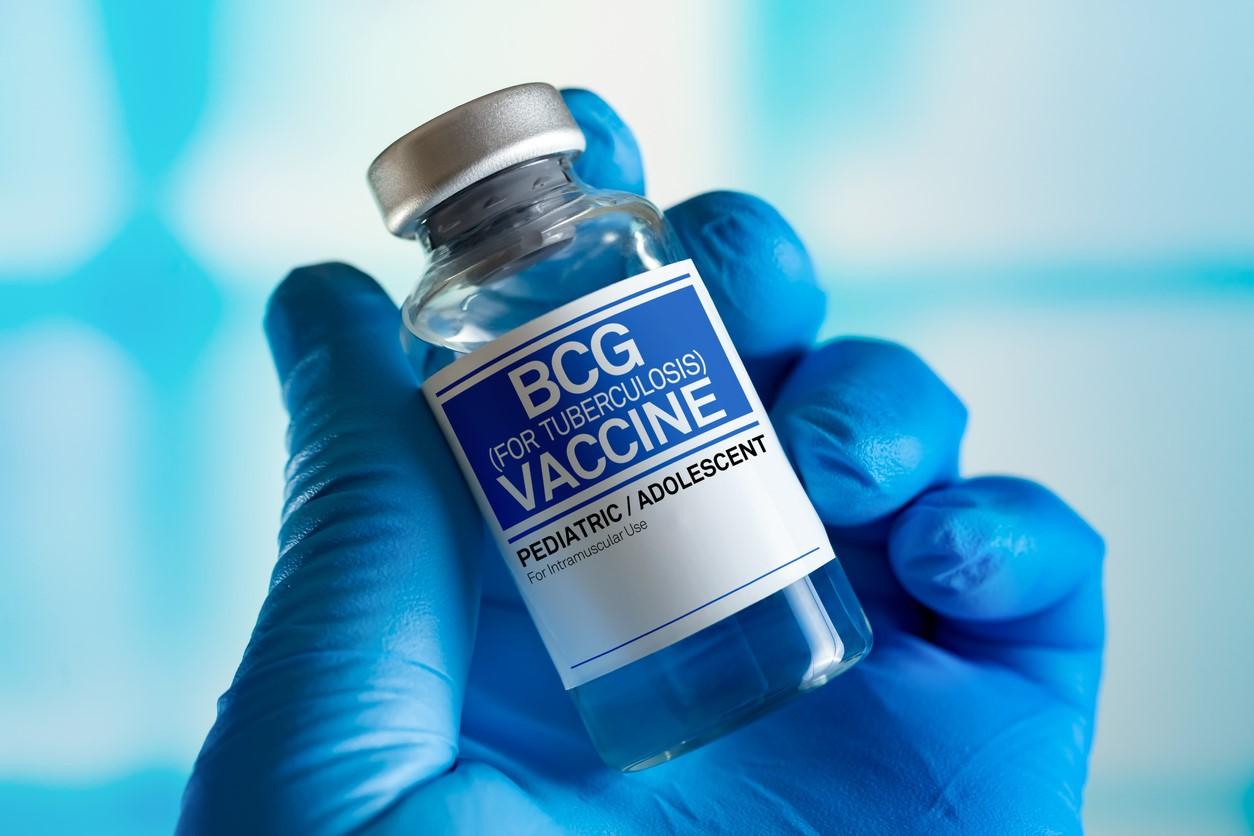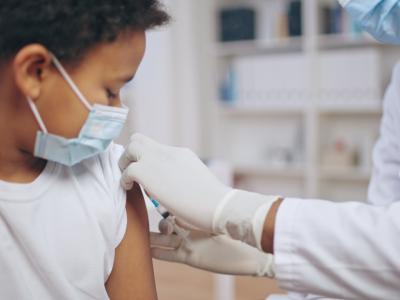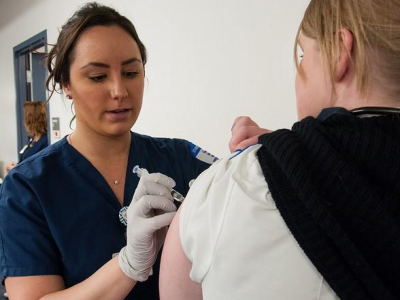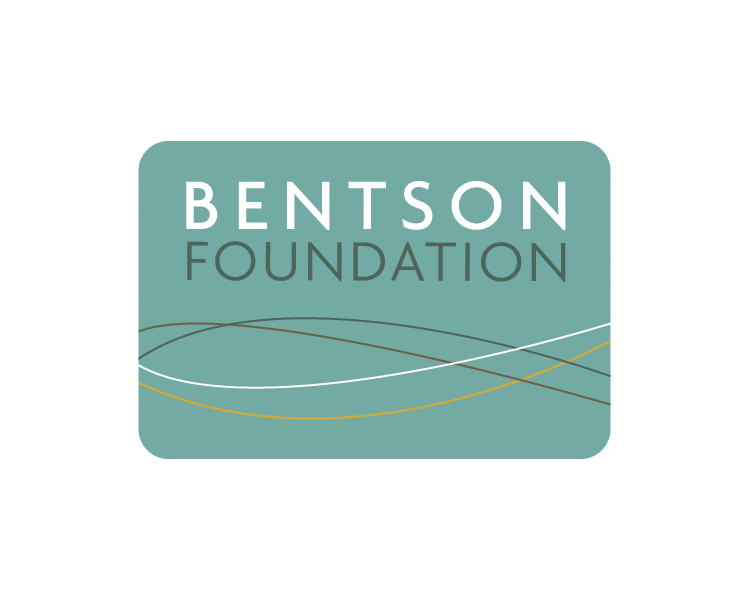
A study of bacterial isolates from hospitals in the West Bank revealed high levels of multidrug resistant (MDR) pathogens, researchers reported yesterday in Antimicrobial Resistance & Infection Control.
For the cross-sectional study, a team of researchers from Al-Quds University examined 10,007 unique bacterial isolates collected from 13 government hospitals in the West Bank in 2023. While several countries in the Middle East and North Africa have reported rising rates of antimicrobial resistance (AMR) in recent years, previous studies of AMR in the Palestinian territories have been limited to single-center analyses or specific patient groups.
"In Palestine, antibiotic misuse, unregulated over-the-counter access, and inadequate infection control—compounded by a fragmented healthcare system—fuel the spread of AMR," the study authors wrote. "By analyzing AMR patterns, demographic factors, and hospital-specific variations, this study aims to inform national antimicrobial stewardship strategies and provide models for other resource-limited, conflict-affected settings worldwide."
More than a third of isolates classified as MDR
Of the 10,007 bacterial isolates analyzed, Escherichia coli was the most prevalent pathogen (43%), and 36.7% of all isolates were classified as MDR, with the highest rates observed in Acinetobacter baumannii (76.4%), extended-spectrum beta-lactamase (ESBL)–producing Klebsiella pneumoniae (69.2%), and ESBL-producing E coli (58.3%). Staphylococcus aureus isolates had a 29.5% MDR rate.
Further analysis revealed several significant associations between demographic and clinical variables and MDR isolates. Male patients had 14% higher odds of MDR infection (adjusted odds ratio [aOR], 1.14) compared with females, and age was also a strong predictor, with children aged 2 to 9 years and 9 to 16 years having significantly lower odds of resistance (aORs of 0.69 and 0.66, respectively) compared with those under 2 years. In contrast, adults aged 44 years and older, particularly those aged 65 and above, showed progressively increasing odds of resistance, reaching an aOR of 1.85.
The study authors say the findings call for a dual focus on reducing community antibiotic misuse and strengthening hospital-based antimicrobial stewardship programs.
"These findings demand urgent, context-specific interventions in this resource-limited setting," they wrote.















